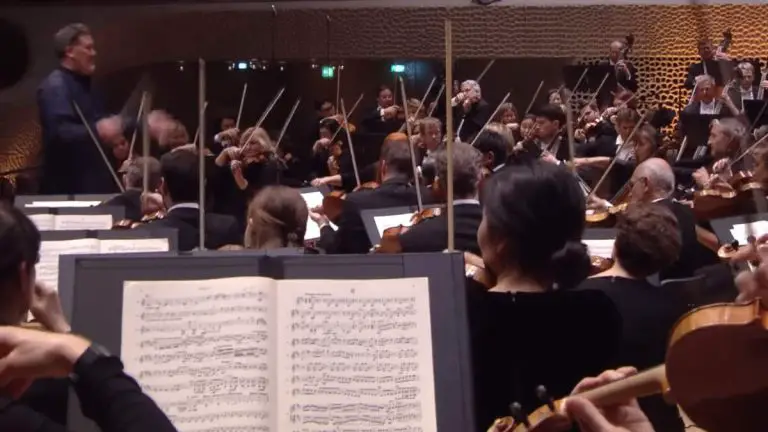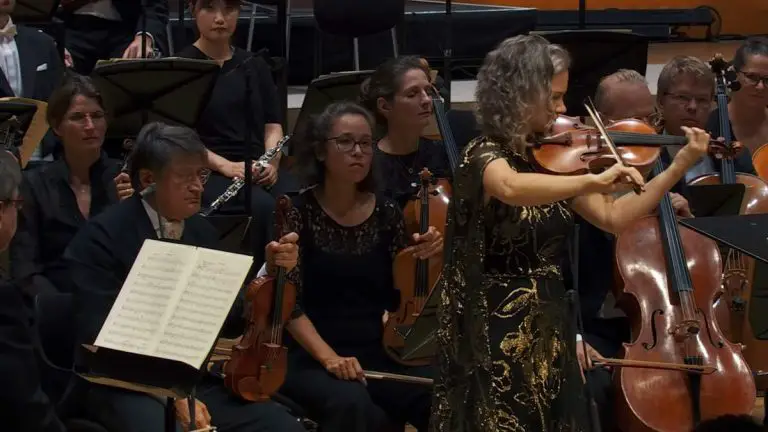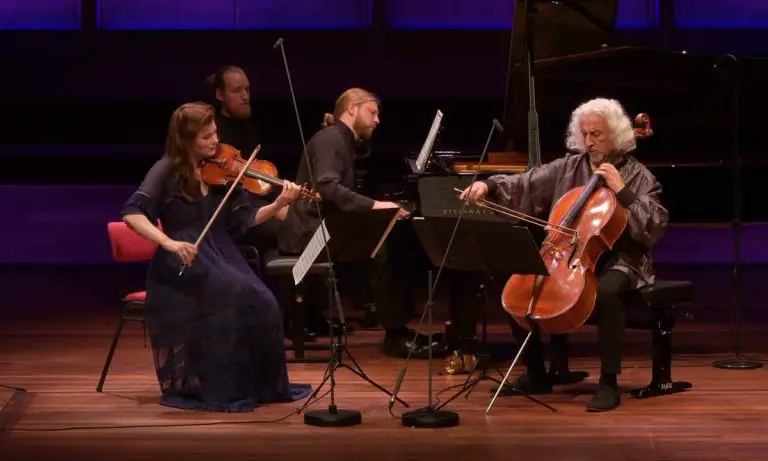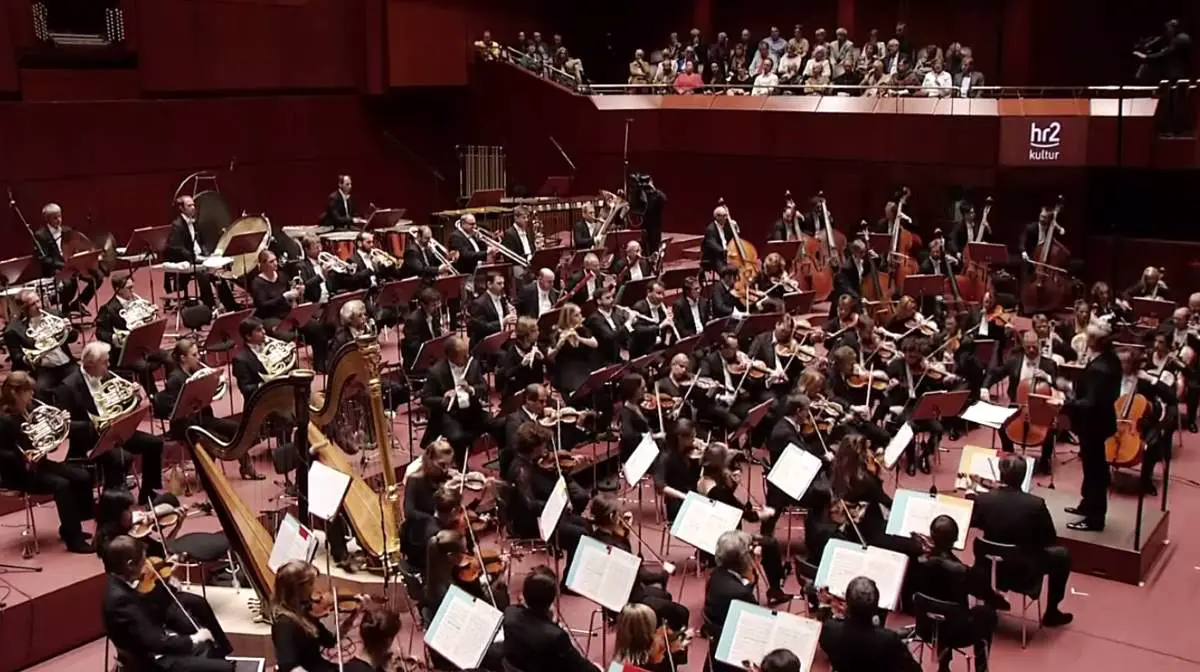What is Coda in Music? [Explained]

A coda in music is a concluding section at the end of a piece or a movement that serves to bring the work to a close. The word coda comes from the Italian word for “tail,” and it acts as…

A coda in music is a concluding section at the end of a piece or a movement that serves to bring the work to a close. The word coda comes from the Italian word for “tail,” and it acts as…

A cadenza in music is a virtuosic passage, typically appearing near the end of a concerto movement, where the soloist performs a dazzling, improvised, or pre-composed display of technical skill and musical expression. Originally improvised, cadenzas allow performers to showcase…

Tema con Variazioni (Italian for “Theme with Variations”) is a musical form in which a composer presents a main melody or theme and then creates a series of variations based on that theme. Each variation alters the theme in some…
![Shubert: Symphony No. 9 The Great [Janowski]](https://cdn-0.andantemoderato.com/wp-content/uploads/2023/04/Schubert-Symphony-No-9-The-Great-Marek-Janowski-768x432.jpg)
Sonata form, also called sonata-allegro form or first movement form, is a structure for a movement of music that was commonly used during the Classical period (roughly, the 18th and early 19th centuries) and is still widely used today. It…

A symphony and a symphonic poem are both significant forms of orchestral music that have contributed greatly to the development of Western classical music. While they share the commonality of being performed by orchestras, these two forms possess distinct characteristics…

You are in a classical music concert, listening to a concerto or a symphony. When a movement ends, the orchestra makes a small pause, and bingo! you hear somebody clapping their hands – in a fraction of a second, they…